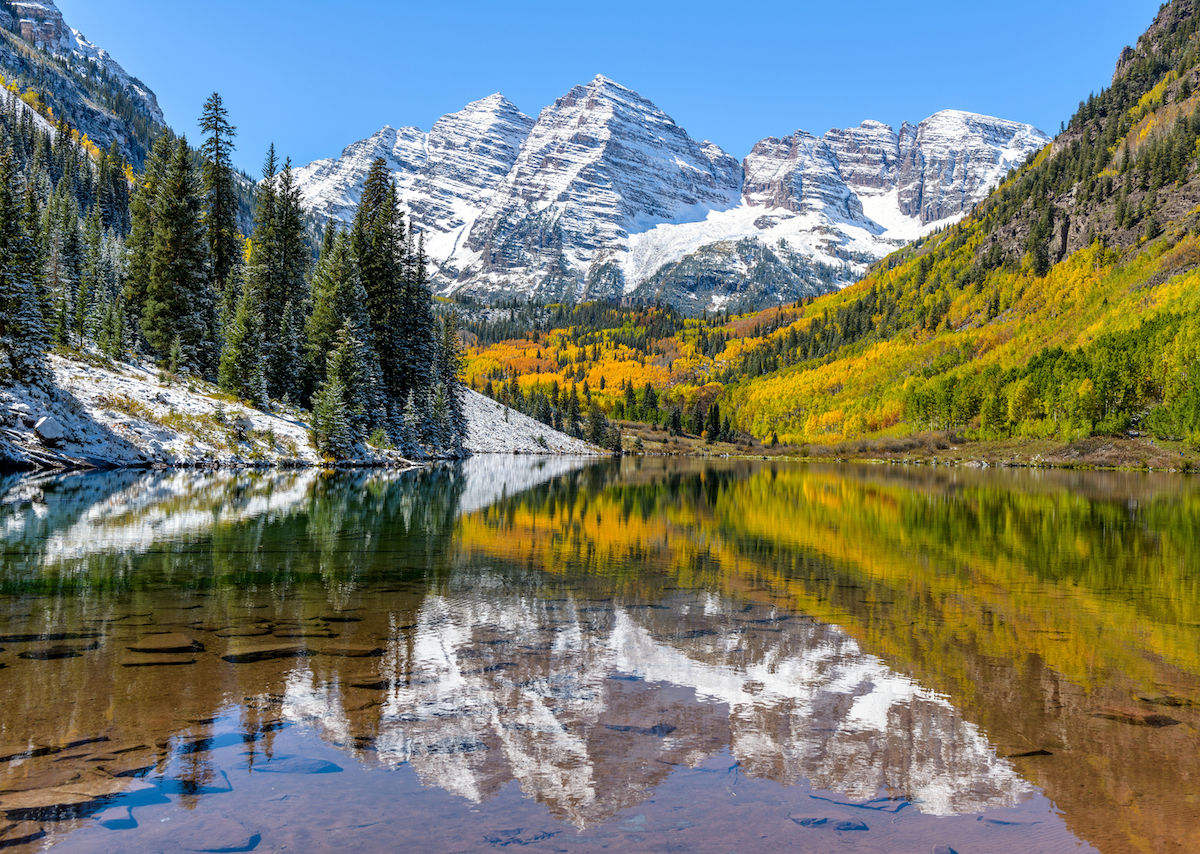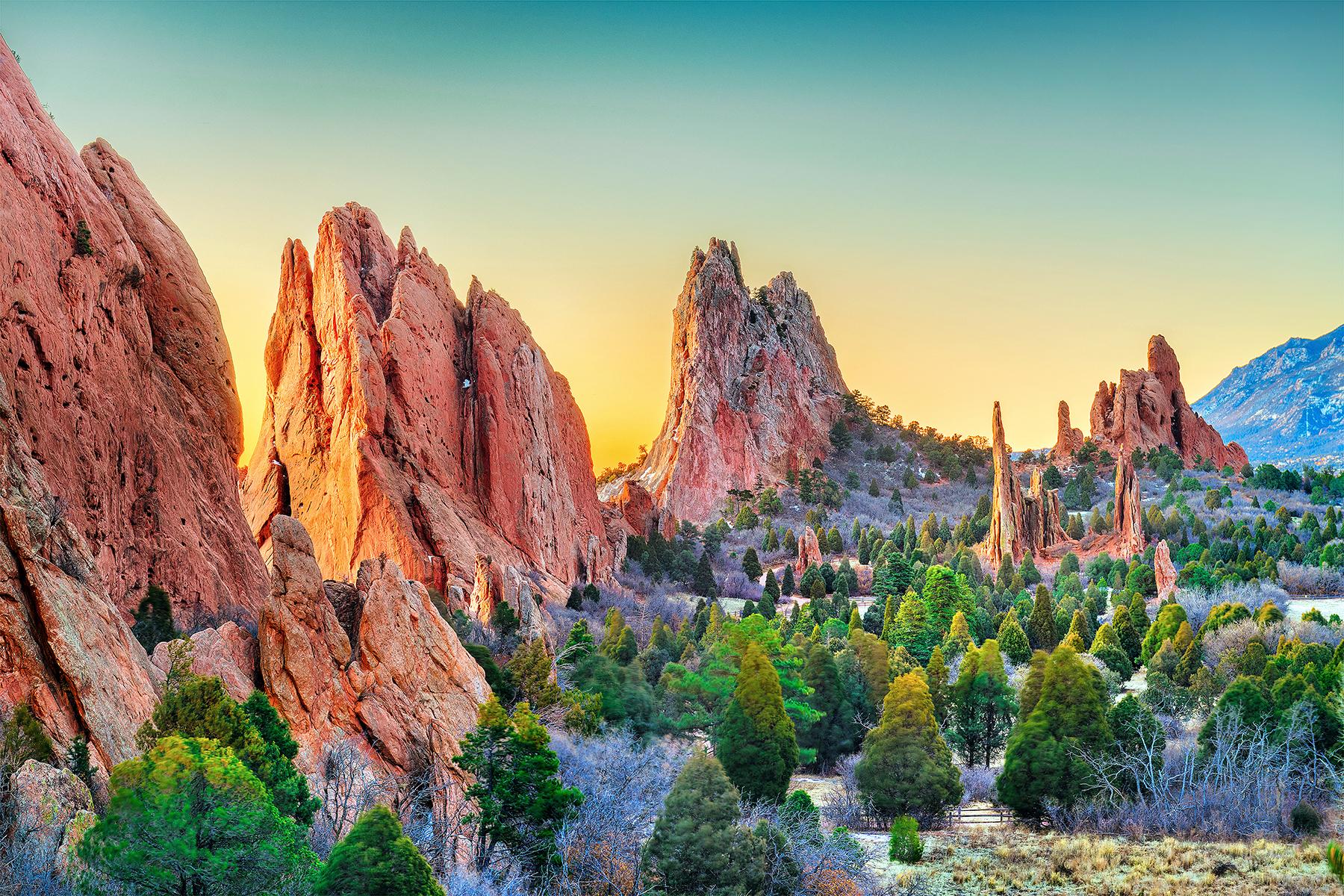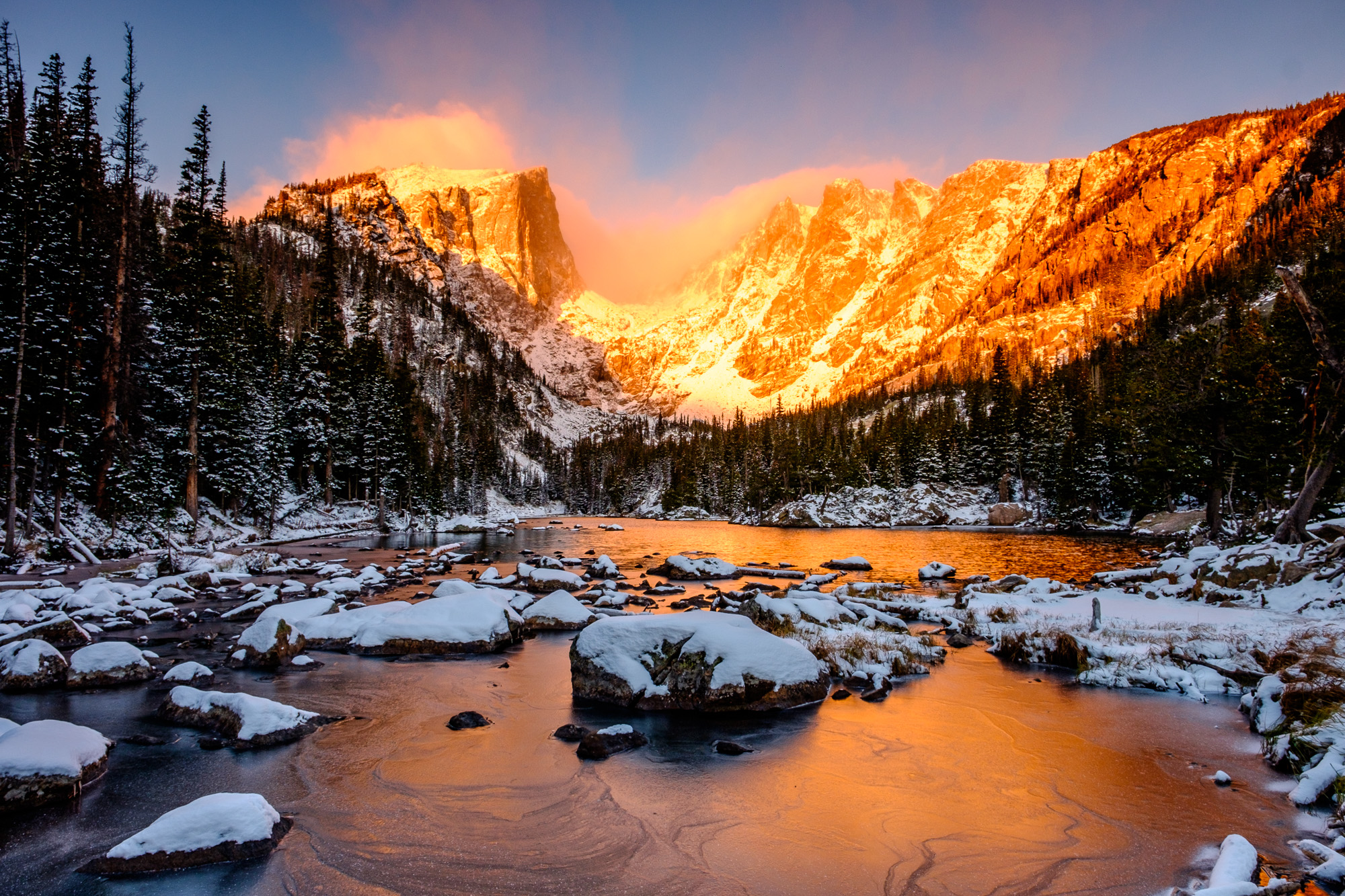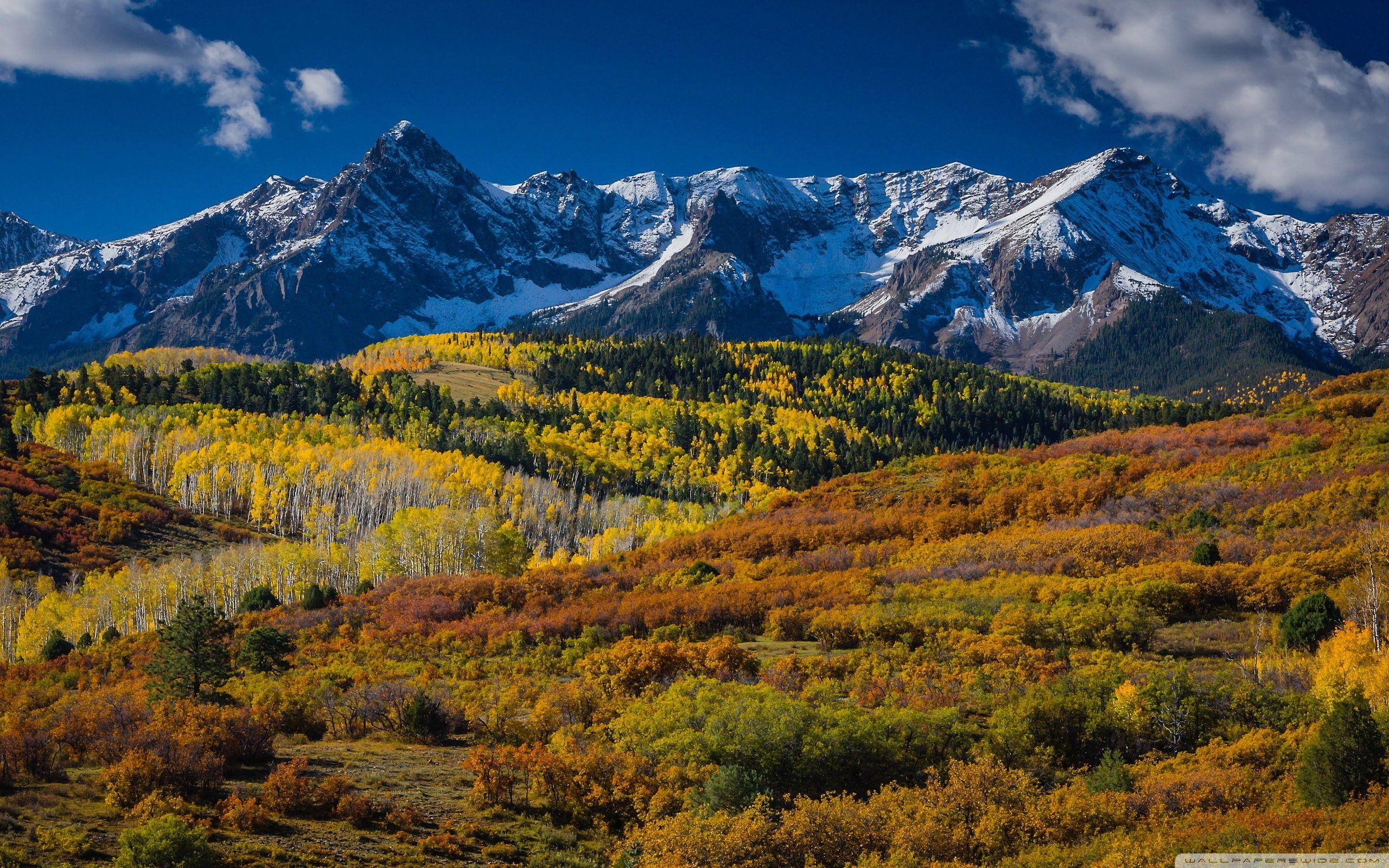/GettyImages-132399641-58f12d735f9b582c4de2670f.jpg)
Colorado, a land of breathtaking mountains, expansive plains, and deep canyons, holds a history far richer and more complex than its modern state boundaries suggest. Before the arrival of European settlers, and long before cartographers drew the lines we see on contemporary maps, this vast landscape was a vibrant tapestry of diverse Indigenous nations. Their stories, etched into the very fabric of the land, are essential for understanding Colorado’s true identity. This article delves into the historical and cultural significance of Colorado Native American tribes, using the concept of maps – both ancient and modern – as a lens to explore their enduring presence, profound identity, and remarkable resilience, perfect for the curious traveler and history enthusiast.
>
The Land Before Lines: Pre-Contact Colorado and Indigenous Cartographies
For millennia, long before the advent of satellite imagery or colonial surveys, the Indigenous peoples of Colorado navigated, understood, and mapped their world through an intricate system of oral traditions, seasonal migrations, and deep ecological knowledge. Their "maps" weren’t always lines on parchment; they were constellations, river currents, mountain passes, buffalo trails, and the memory of generations. These were living maps, imbued with spiritual significance and practical wisdom, defining territories not as rigid borders but as fluid spheres of influence, hunting grounds, ceremonial sites, and trade routes.

Colorado’s varied geography fostered a diversity of cultures. The high mountains and plateaus were home to peoples skilled in hunting and gathering, while the eastern plains supported vast herds of buffalo, sustaining nomadic tribes. The southwest corners touched upon agricultural traditions. This ecological diversity shaped distinct tribal identities and inter-tribal relationships, often marked by both cooperation and conflict, long before any external powers arrived.
>
The Ute Nation: Colorado’s Enduring Heartbeat
Undoubtedly, the Ute people stand as Colorado’s longest continuous Indigenous inhabitants. Their ancestral lands, which they called "Nuche," encompassed nearly all of what is now western and central Colorado, extending into Utah, New Mexico, Arizona, and Wyoming. The Ute were (and are) mountain people, intimately connected to the Rockies, mastering its rugged terrain and abundant resources. They were skilled hunters of deer, elk, and bear, gatherers of berries and roots, and adept horsemen once horses were introduced by the Spanish.

The Ute identity is intrinsically linked to the mountains, rivers, and high deserts of Colorado. Their language, culture, and spirituality are rooted in this landscape. Historically, the Ute were composed of several bands, each with their own distinct territories and leadership, but united by language and shared cultural practices. These bands included the Capote, Grand River, Moache, Parianuche, Tabeguache, Uncompahgre, and Weeminuche, among others.
The maps depicting Ute territory evolved dramatically with the arrival of European and American settlers. Early Spanish maps sometimes noted "Yutas" or "Utah" lands, reflecting their presence. However, it was the westward expansion of the United States that fundamentally redrew these maps, shrinking the vast Ute domain through a series of treaties – often coerced and rarely honored. Today, the Ute people are primarily represented by three federally recognized tribes: the Southern Ute Indian Tribe (based in Ignacio, Colorado), the Ute Mountain Ute Tribe (based in Towaoc, Colorado, with lands extending into Utah and New Mexico), and the Ute Indian Tribe of the Uintah and Ouray Reservation (located in Utah). These modern reservation maps are stark reminders of the massive land base lost, yet they also represent sovereign nations where Ute culture, language, and self-determination continue to thrive.
>
Plains Tribes: Guardians of the Eastern Horizon

While the Ute dominated the western and central parts, the eastern plains of Colorado were historically home to several powerful and dynamic Plains tribes, most notably the Cheyenne, Arapaho, Comanche, and Kiowa, with the Apache also present in the southeastern regions. These tribes were largely nomadic, following the vast buffalo herds that sustained their way of life. The introduction of the horse in the 17th century revolutionized their cultures, enabling greater mobility, more efficient hunting, and the development of the iconic warrior societies.
- Cheyenne and Arapaho: These two distinct nations often allied, sharing hunting grounds and facing common adversaries. Their presence on the Colorado plains was primarily from the late 1700s, migrating south from the Great Lakes region and becoming quintessential Plains cultures. Their maps were less about fixed lines and more about the seasonal movements of the buffalo and the location of sacred sites and water sources. Tragically, both tribes suffered immense losses in Colorado, most notably the Sand Creek Massacre in 1864, where U.S. volunteer cavalry attacked a peaceful village, killing hundreds of women, children, and elderly. This horrific event led to further displacement and forced removals. Today, the Northern Cheyenne are in Montana, and the Southern Cheyenne and Arapaho are primarily located in Oklahoma.
- Comanche: Known as skilled horsemen and fierce warriors, the Comanche controlled a vast territory stretching across the southern plains, including southeastern Colorado. Their "Comancheria" was a formidable empire that resisted both Spanish and American expansion for centuries. Their maps were defined by raiding routes, trade networks, and the immense buffalo range. Like other Plains tribes, the Comanche were eventually confined to reservations, with most descendants now residing in Oklahoma.
- Apache: Various Apache bands, such as the Jicarilla Apache and the Lipan Apache, also frequented southeastern Colorado, particularly in the foothills and canyon lands. Their identity was tied to a mix of hunting, gathering, and sometimes horticulture. Their territories often overlapped and shifted, reflecting a flexible and adaptive way of life. Today, the Jicarilla Apache Nation is primarily located in northern New Mexico.

The maps of these Plains tribes, if drawn from their perspective, would show vast, interconnected landscapes, marked by sacred sites like the Great Sand Dunes or the Pawnee Buttes, and crisscrossed by trails leading to hunting grounds and trading posts. These maps tell a story of movement, adaptation, and fierce independence.
>
The Cartographic Violence: Treaties and Reservations
The 19th century brought a dramatic and often brutal remapping of Colorado. As American settlers poured westward, fueled by Manifest Destiny and the lure of gold, the U.S. government implemented policies designed to dispossess Indigenous peoples of their lands. Maps became tools of colonial power, used to define, reduce, and eventually erase Native territories.
A series of treaties were signed, particularly with the Ute, Cheyenne, and Arapaho, ostensibly to establish boundaries and secure peace. However, these treaties were frequently broken, reinterpreted, or renegotiated under duress, always to the detriment of the Native nations. The progression of Ute treaties, for instance, dramatically illustrates this process:
- 1863 Treaty: Ceded vast tracts of land east of the Continental Divide to the U.S.
- 1868 Treaty: Established a large reservation for the Ute, encompassing much of western Colorado, but still a significant reduction from their original domain. This treaty was meant to be "inviolate."
- 1873 Brunot Agreement: Following the discovery of gold in the San Juan Mountains, the Ute were pressured to cede another 3.5 million acres in the mineral-rich southwest.
- 1880 Ute Removal Act: After the Meeker Massacre (a complex event with blame on both sides), Congress passed legislation that effectively dispossessed the Ute of nearly all their remaining Colorado lands, forcing most Ute bands onto reservations in Utah, with the Southern Ute and Ute Mountain Ute retaining smaller parcels in southwestern Colorado.
These "treaty maps" represent a history of betrayal and dispossession. They show a shrinking Indigenous presence on paper, reflecting the violent and often illegal seizure of land. The Dawes Act of 1887 further fragmented reservation lands by allotting individual parcels to tribal members, with the "surplus" land then opened to non-Native settlement, a policy designed to break down tribal sovereignty and assimilate Native peoples.
>
Beyond the Lines: Cultural Resilience and Modern Identity
Despite centuries of dispossession, cultural suppression, and attempts at assimilation, the Indigenous identity in Colorado has not been erased. The maps of today – showing small, often fragmented reservations – do not tell the full story of Native American presence and power.
Modern Native identity in Colorado is a testament to extraordinary resilience. It is rooted in a profound connection to ancestral lands, even those far from current reservation boundaries. It is expressed through:
- Language Revitalization: Efforts to teach and preserve native languages like Ute, Cheyenne, and Arapaho are crucial for cultural continuity.
- Cultural Practices: Traditional ceremonies, dances, storytelling, and artistic expressions continue to be vibrant and evolve.
- Sovereignty: The Southern Ute and Ute Mountain Ute Tribes operate as sovereign nations within Colorado, exercising self-governance, managing natural resources, and developing their economies. They run successful enterprises, from gaming to energy development, providing jobs and services to their communities.
- Advocacy and Education: Native peoples are active in advocating for their rights, protecting sacred sites, and educating the wider public about their history and contemporary issues. Land acknowledgments, now common in public spaces, are small but significant steps toward recognizing the original inhabitants.
- Urban Native Communities: While reservations are important, many Native Americans live in urban centers across Colorado, forming vibrant communities that maintain cultural ties and support one another.
The maps of today, therefore, must be read with a critical eye. They show where tribes are officially recognized, but not the full extent of their historical presence, their spiritual connection to the entire landscape, or the ongoing journey of cultural revitalization and self-determination.
>
Engaging with the Past and Present: A Traveler’s Guide
For travelers and history enthusiasts exploring Colorado, understanding this deep Indigenous history is not just an academic exercise; it’s a call to respectful engagement.
- Acknowledge the Land: Begin by recognizing that you are on the ancestral lands of Indigenous peoples. Many organizations and public spaces now offer land acknowledgments; take a moment to reflect on what that means.
- Visit Tribal Lands Respectfully: If you have the opportunity to visit the Southern Ute or Ute Mountain Ute reservations, do so with respect. Learn about their customs, support tribal businesses, and always ask permission before photographing people or ceremonies.
- Explore Cultural Centers and Museums: The Ute Indian Museum in Montrose, the Southern Ute Cultural Center and Museum in Ignacio, and the History Colorado Center in Denver offer invaluable insights into Native American history and contemporary life in Colorado.
- Support Indigenous Arts and Businesses: Seek out and purchase authentic Native American art and crafts directly from artists or tribal enterprises.
- Educate Yourself Continually: Read books, watch documentaries, and listen to Indigenous voices to deepen your understanding of their complex histories and vibrant present. Challenge prevailing narratives and learn about the enduring struggles and triumphs.
- Leave No Trace: Respect the natural environment, which is sacred to Indigenous peoples. Practice responsible tourism by leaving no physical trace of your visit.
>
Conclusion
The maps of Colorado tell a multifaceted story. From the invisible, ancient maps of traditional territories to the stark, often painful lines of treaties and reservations, they chronicle a history of deep connection, violent displacement, and profound resilience. Understanding these maps, not just as static images but as living narratives of history and identity, is crucial for anyone seeking to truly comprehend Colorado. By engaging with this rich past and vibrant present, travelers and learners alike can contribute to a future that honors the Indigenous peoples who have shaped this magnificent land for millennia, ensuring their stories continue to be told, their cultures celebrated, and their sovereignty respected.
